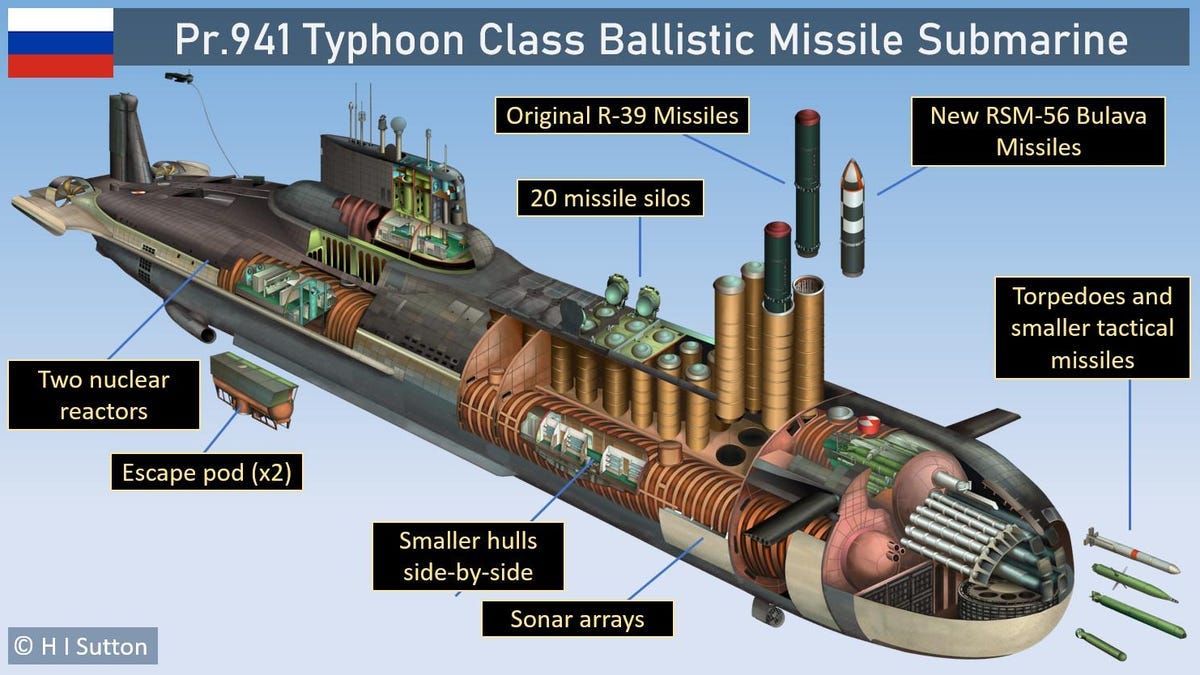Jim Le Blanc NASA’s Failed Vacuum Attempt
Spoiler: There is no way NASA can ever make any pressurized suit that could withstand the vastly stronger vacuum of Outer Space.
What happens when a space suit depressurizes in vacuum? On December 14, 1966, NASA spacesuit technician and test subject Jim LeBlanc found out. Suited up in an early Moon suit prototype, he entered a triple-doored vacuum chamber. Then, his pressurization hose somehow became disconnected and LeBlanc became the only person to survive near-vacuum pressures when his suit dropped from 3.8 psi to 0.1 psi in 10 seconds. And even after reconnecting the hose, his space suit did nothing to withstand the oppressive environment of the vacuum chamber.
This vacuum chamber was a fraction of a fraction as strong as the hypothetical vacuum of Outer Space. Not only would an astronaut require a space suit constructed of nearly one feet thick steel to even begin to resist the magnificent vacuum of Outer Space, even that thickness might be insufficient. Because of the Laws of Thermodynamics, atmospheres seek equilibrium. Nature abhors a vacuum and will always seek to eliminate such a void at all times, which makes the idea of wearable space suits absolutely absurd, not to mention the flimsy tin can that The Apollo Missions ALLEGEDLY went to Outer Space in.
Submarine Shells Under Pressure
To illustrate, Submarines have two to four millimeters of reinforced steel to withstand the pressure of deep oceans. One of the properties of liquid pressure is that it increases as depth increases. So, submarines have to withstand high liquid pressure, due to this reason they have thick, strong walls, and yet their environment is a thousand times less severe than Outer Space. An astronaut in a Space Suit would explode into a thousand pieces if encountering the vacuum of Outer Space. Submarine pressure hull are usually made of steel, aluminum, titanium, acrylic plastic and glass. However, the most widely used material is steel, because of a high degree of knowledge available to designers and manufacturers as well as of its outstanding performance in the ocean.4 Steel plates, approximately 2-3 in (5.1-7.6 cm) thick, are obtained from steel manufacturers. These plates are cut to the proper size with acetylene torches. The cut steel plates are moved between large metal rollers under tons of pressure.
The Apollo Space Suit
The Apollo space suit was basically a one-piece suit. The suits were approximately 3/16" thick. The suits were basically made by sewing and cementing various materials together, and then attaching metal parts that let you join the different components together. Suit materials include: ortho-fabric, aluminized mylar, neoprene-coated nylon, Dacron, urethane-coated nylon, tricot, nylon/spandex, stainless steel, and high strength composite materials. But, there was no dense steel shielding involved, and nothing to withstand even a relatively strong vacuum chamber on Earth.
Conclusion
The entire space walk narrative was simply a Hollywood science fiction drama. There was no astronaut in the vacuum of Outer Space that could have survived even a nano second of such an environment.
Jim LeBlanc Reflects Upon His Vacuum Chamber Experience
“As I stumbled backwards, I could feel the saliva on my tongue starting to bubble just before I went unconscious and that’s the last thing I remember,” recalls LeBlanc.
“Essentially, he had no pressure on the outside of his body and that’s a very unusual case to get,” explains Cliff Hess, the supervising engineer. “There’s very little in the space medical literature about what happens when you have that. There’s a lot of conjecture, that your fluids will boil.”
“The chamber – which would normally take 30 minutes to re-pressurized – was blasted back to atmospheric pressure in 87 seconds. Amazingly, LeBlanc survived with just an earache to show for his ordeal. That really was a close call in the spaceflight history.”
And so, there is no way NASA can ever make any pressurized suit that could withstand the vastly stronger vacuum of Outer Space.









Thank you for explaining it well. I've always felt that those flimsy 'space suits' were a joke, but since I've been reading what you're saying about it, I understand why.